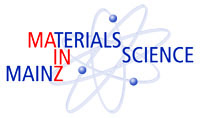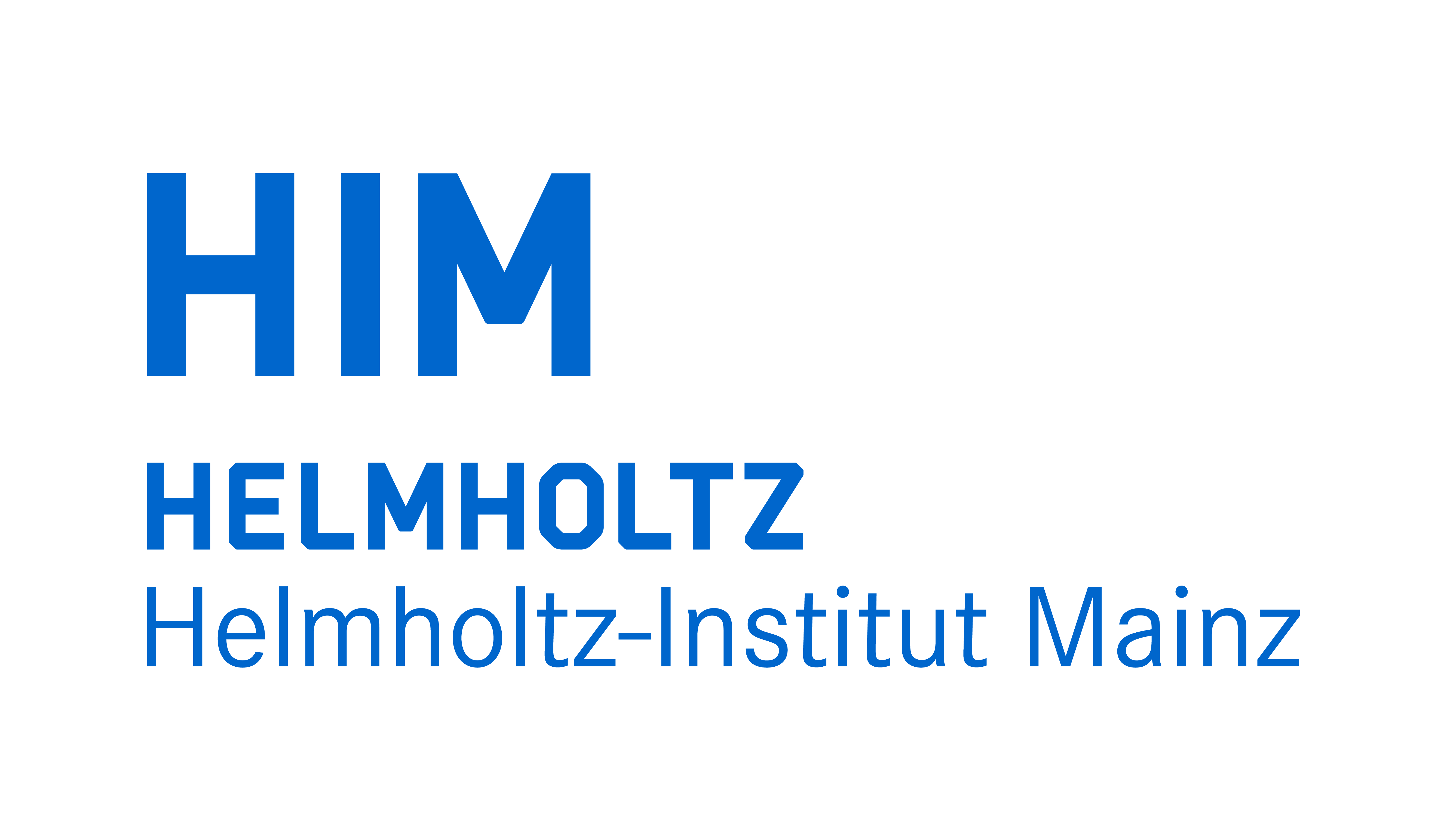


Physikalisches Kolloquium
Jan. 20, 2015 at
4 p.m. c.t.
in
Hörsaal des Instituts für Kernphysik, Becherweg 45
Prof. Dr. Alfons Weber
Institut für Physik
a.weber@uni-mainz.de
Prof. Dr. Hartmut Wittig
Institut für Kernphysik
hartmut.wittig@uni-mainz.de
The ILC in the LHC era: status, goals and challenges
Prof. Dr. Gudrid Mortgat-Pick (Universität Hamburg)
The recent discovery in 2012 at the LHC of a particle with a mass of about 125 GeV and properties that are compatible with a Higgs boson has started a new era of particle physics. An e+e- Linear Collider (LC) with a centre-of-mass energy that can be raised at least up to 500 GeV is ideally suited for studying the properties of this new particle with high precision. Besides Higgs physics, a high-luminosity e+e- LC in this energy range also posse-ses a rich physics programme of top and electroweak precision physics and offers a great potential for discoveries of physics beyond the Standard Mo-del, in many cases complementary to the LHC reach. In the physics poten-tial of an e+e- LC with centre-of-mass energies of up to 1 TeV is reviewed w.r.t. the current LHC results and future LHC prospects. An overview about the current status of the experiments and the machine will also be given.